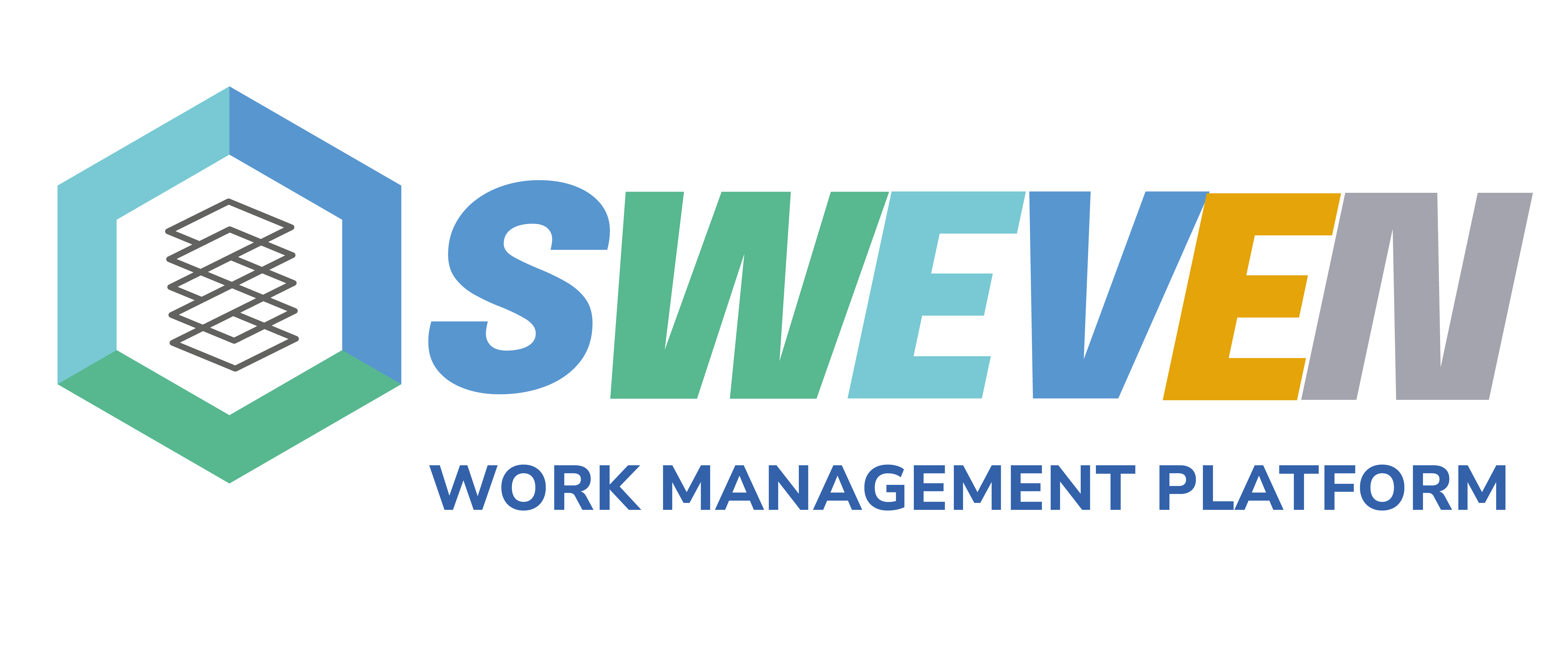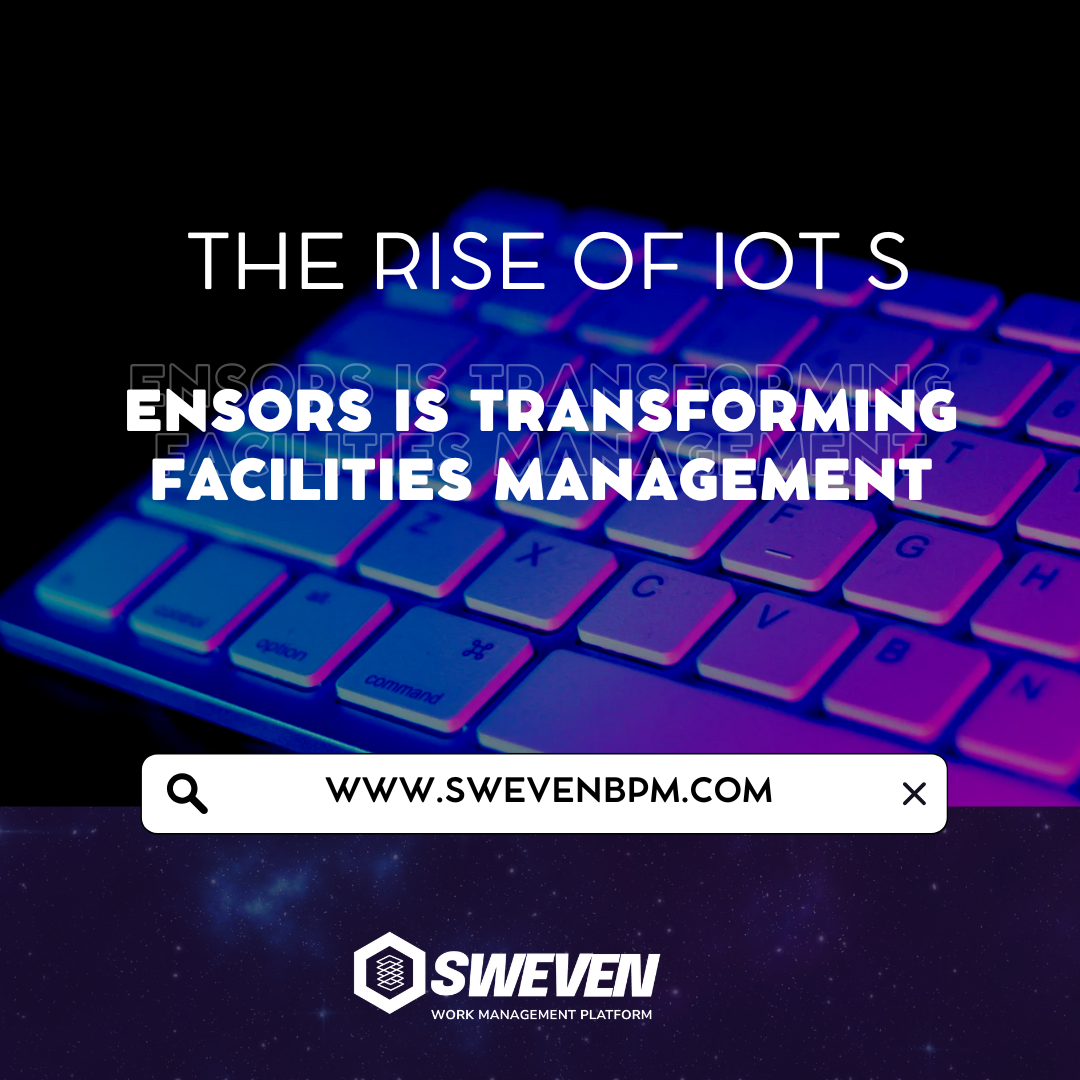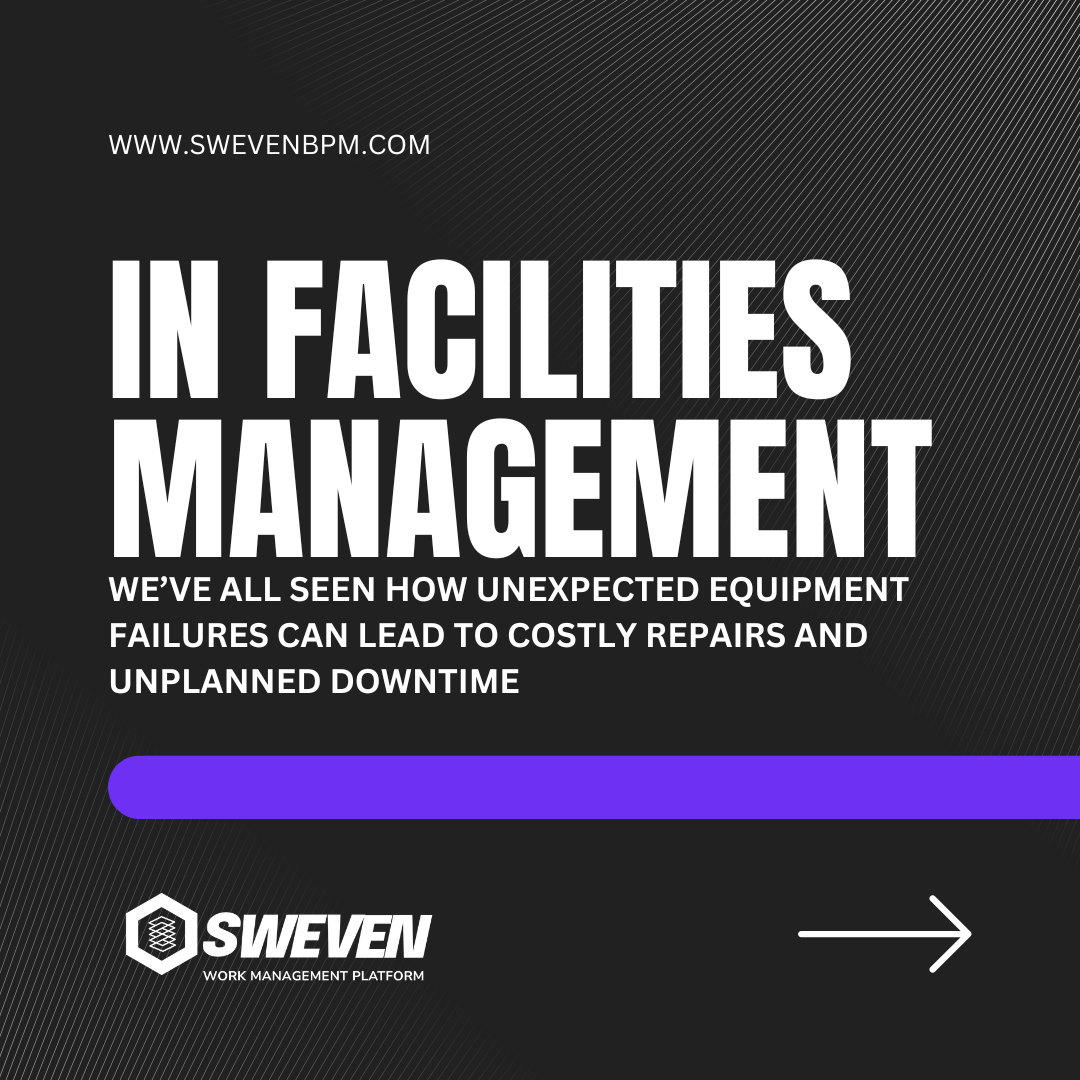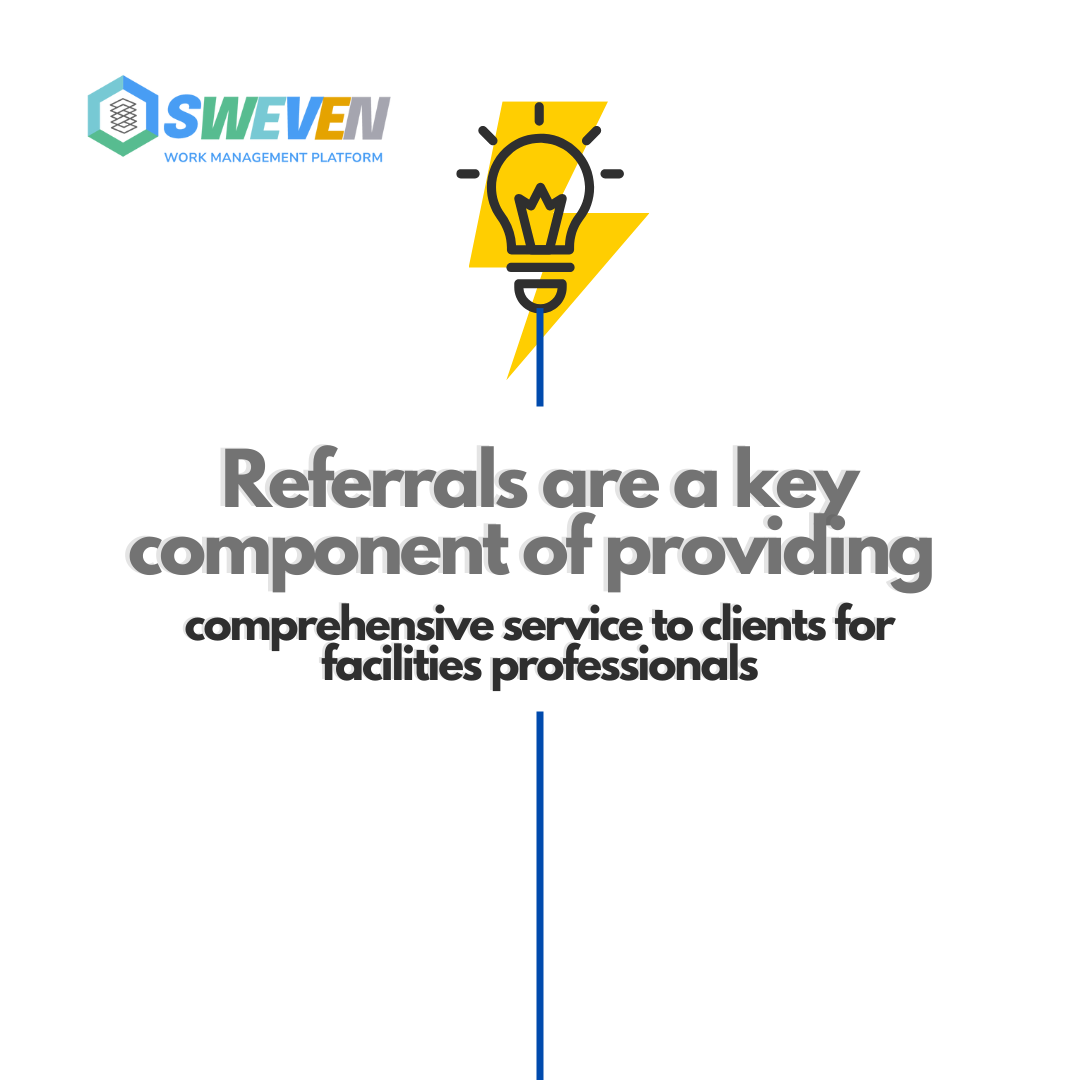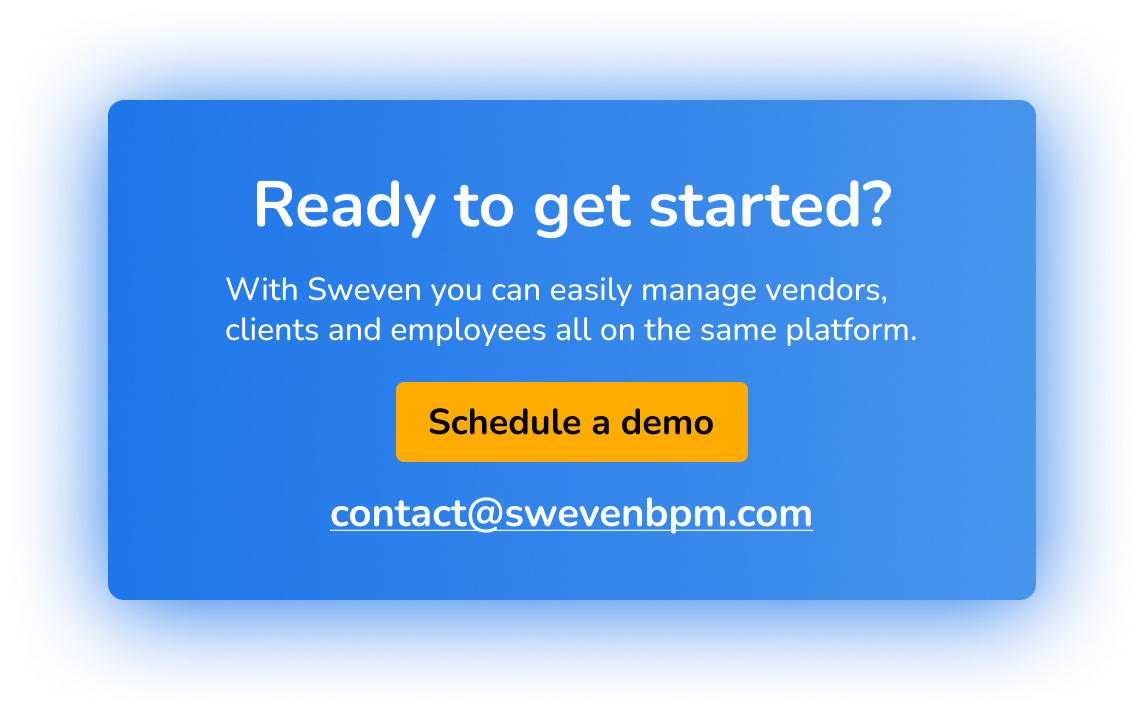In the realm of vendor management, Service Level Agreements (SLAs) serve as the bedrock for ensuring that the services provided align with the expectations and needs of businesses. However, when dealing with aggregators that don’t seamlessly match your SLA requirements, strategic negotiation and the establishment of customized SLAs become paramount. This blog will explore the challenges posed by SLA misalignments with aggregators and provide a comprehensive guide on how businesses can address these issues to safeguard their operational efficiency.
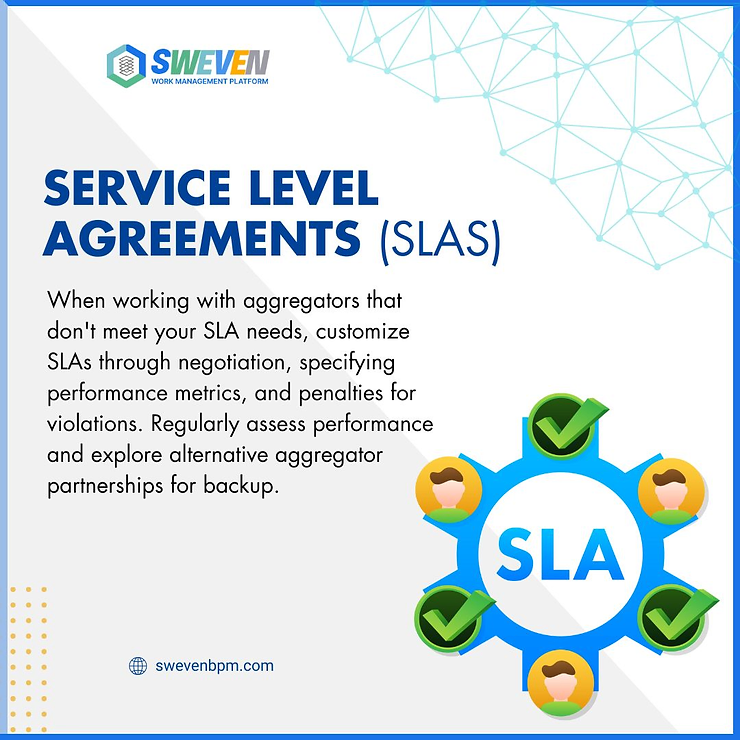
Understanding SLA Misalignments:
Aggregators, while efficient in many aspects, may not always align perfectly with the unique SLA requirements of every business. This misalignment can lead to disruptions in service delivery, potential financial losses, and a strain on the overall vendor relationship.
Crafting Customized SLAs Through Negotiation:
To address SLA misalignments, businesses should initiate open and transparent negotiations with the aggregator. The first step is to identify and define your specific performance metrics and service expectations. Clearly communicate these requirements to the aggregator and engage in discussions to find common ground.
Key Elements of Customized SLAs:
Customized SLAs should address key elements such as:
- Response Times: Clearly define the expected response times for issue resolution and support requests.
- Uptime Guarantees: Specify the acceptable level of system uptime to ensure continuous and reliable service.
- Data Security: Clearly outline data security measures and compliance standards that must be adhered to.
- Consequences for SLA Violations: Establish consequences or penalties for SLA violations to incentivize the aggregator to meet your specified requirements.
Regular Monitoring and Evaluation:
Establishing SLAs is not a one-time task but an ongoing process. Regularly monitor and evaluate the aggregator’s performance against the agreed-upon SLAs. This involves tracking key metrics, analyzing performance reports, and addressing any deviations promptly.
Revisiting and Renegotiating SLAs:
Business needs and priorities evolve over time, and SLAs should adapt accordingly. Be prepared to revisit and renegotiate SLAs as needed to maintain alignment with your evolving business requirements. Flexibility and a willingness to adjust terms will contribute to a more agile and responsive vendor relationship.
Diversifying Aggregator Partnerships:
In cases where persistent SLA issues arise, consider diversifying your aggregator partnerships. Having alternatives provides a safety net, ensuring that your business operations are not overly reliant on a single aggregator. This approach enhances flexibility and resilience in the face of unforeseen challenges.
–
Navigating SLA misalignments with aggregators requires a strategic and proactive approach. By engaging in open negotiations, crafting customized SLAs, monitoring performance, and staying prepared to revisit terms, businesses can mitigate the impact of misalignments and foster stronger, more adaptive vendor relationships. Additionally, diversifying aggregator partnerships adds an extra layer of resilience, ensuring that businesses can maintain operational efficiency even in the face of SLA challenges. Ultimately, strategic management of SLAs contributes to the overall success and sustainability of the business.
